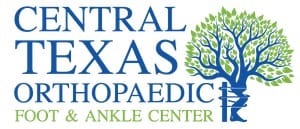Common Diagnoses:
Sinus Tarsi Syndrome
Sinus Tarsi Syndrome Overview
Sinus tarsi syndrome (STS) is a clinical condition characterized by ongoing pain in the anterior (front) lateral (side aspect) of the ankle—between the ankle and the heel—which is usually a result of traumatic injuries. The most common cause of sinus tarsi syndrome is thought to be a result of chronic or long-term ankle sprains. The condition itself is considered a syndrome; a syndrome is defined as a group of symptoms which occur together, or a condition that is characterized by a group of associated symptoms.
Sinus Tarsi Syndrome Symptoms
Symptoms of sinus tarsi syndrome include:
- Chronic (long-term) pain along the front and side aspect (also called anterolateral) of the ankle
- Pain when the foot is turned in (inversion) or turned out (eversion)
- A feeling of instability of the foot or ankle (when bearing weight)
- Difficulty walking on uneven surfaces (such as grass or gravel)
- Swelling
- Tenderness of the sinus tarsi area of the foot
- Ecchymosis (bruising)
Sinus Tarsi Syndrome Diagnosis
Diagnosis of Sinus Tarsi Syndrome may involve:
- X-rays
- A CT Scan
- An MRI (reveals changes in the soft tissue of the sinus tarsi such as scar tissue from previous injuries)
- An ankle arthroscopy (a narrow tube attached to a fiber-optic video camera, inserted through a very small incision [the size of a buttonhole], to view and diagnose joint problems)
Ruling out other problems of the foot
Sinus Tarsi Syndrome Treatment
Conservative (non-invasive) treatment of sinus tarsi syndrome is considered “generally very effective,” according to the American Academy of Podiatric Sports Medicine (AAPSM). Conservative treatment modalities may include:
- Anti-inflammatory medications
- Steroid injections
- Physical therapy
- Orthopedic shoes to stabilize the area
- Immobilization of the foot
- Bracing or taping (to stabilize the area)
- Over the counter or custom orthoses (the correction of disorders of the limbs by the use of braces and other devices to provide support)

